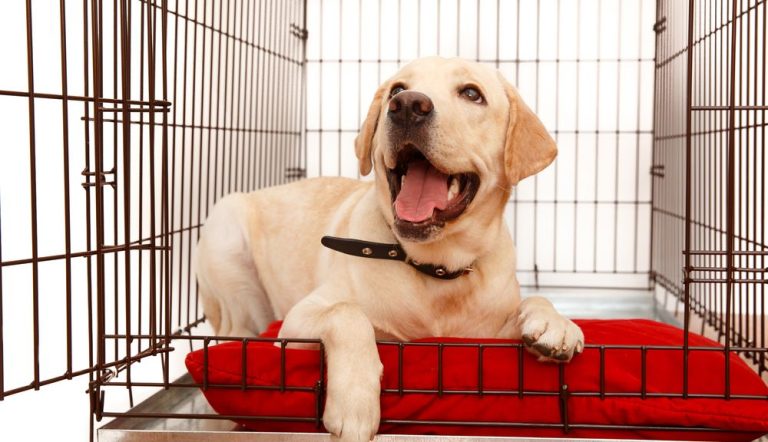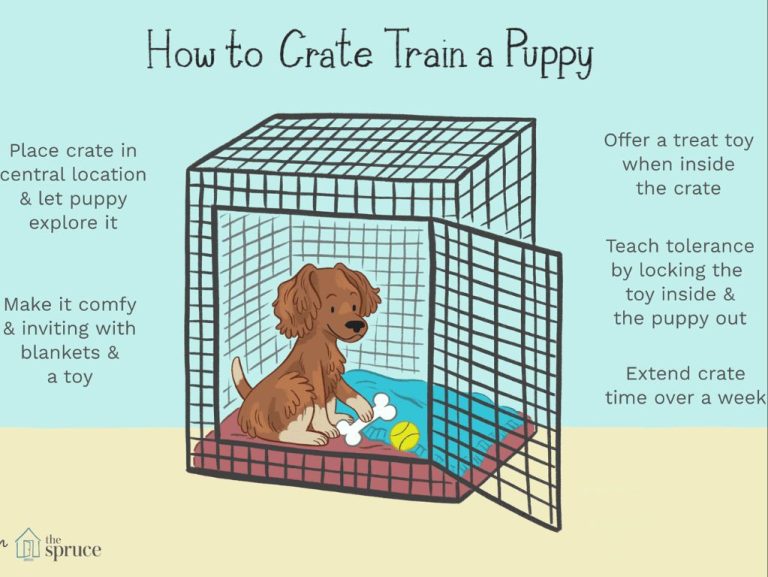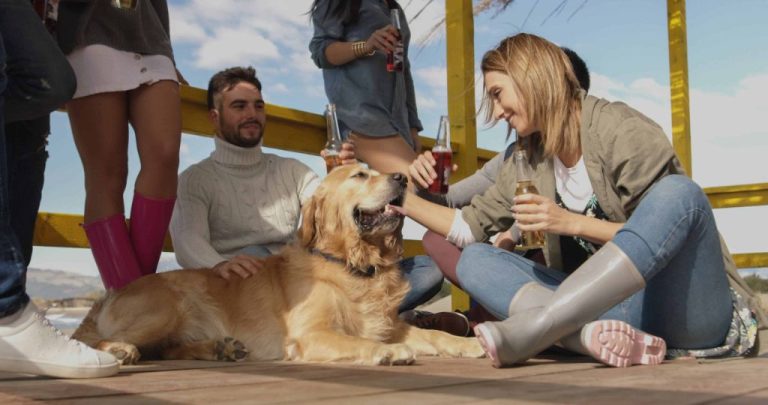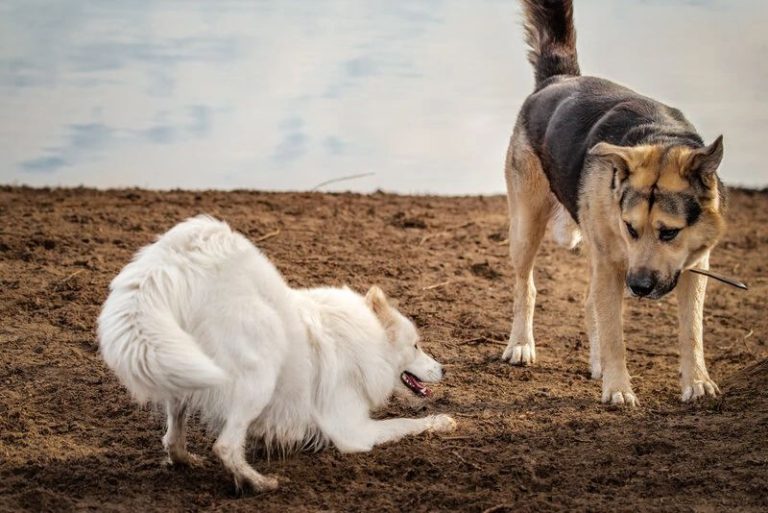Beginner’S Guide To Understanding And Preventing Dog Aggression
Dog aggression refers to a range of behaviors that occur when a dog acts in a threatening or hostile manner, such as barking, growling, snarling, snapping, lunging, or biting. Understanding and preventing dog aggression is extremely important for public safety as well as the well-being of both dogs and their owners. According to the CDC, dogs bite approximately 4.5 million people annually in the US, with one in five dog bites becoming infected and potentially life-threatening https://www.cdc.gov/mmwr/preview/mmwrhtml/00047723.htm. Children are the most common victims of serious injury from dog attacks. This guide will cover the common causes of aggression in dogs, warning signs to look out for, dog breeds more prone to aggression, tips for prevention through proper socialization and training, safety precautions, when to seek professional help, how to manage an aggressive dog, and considerations around rehoming aggressive dogs.
Common Causes of Aggression
There are several common reasons why dogs may show aggressive behavior. Some of the most prevalent causes include:
Fear
Dogs that are afraid or anxious may react aggressively in order to protect themselves. Fear-based aggression can occur due to lack of socialization, negative past experiences, or genetics (VCA Hospitals).
Possession/Resource Guarding
Some dogs show aggression when defending their possessions, food, toys, sleeping area, or other resources. This type of aggression is a protective instinct, but it needs to be corrected (ASPCA).
Pain/Health Issues
Underlying pain or illness can make dogs feel irritable and short-tempered. Conditions like dental disease, arthritis, fever, and sensory loss may provoke aggressive reactions (The Spruce Pets).
Lack of Socialization
Puppies that do not receive proper socialization during critical development periods often struggle to interact appropriately as adults. They may resort to aggression when feeling unsure or overwhelmed in social settings.
Genetics
Some breeds are genetically predisposed to aggression due to selective breeding for protection and guarding behaviors. However, poor socialization and training can still produce aggression in any breed.
Warning Signs
There are several behaviors that may indicate a dog is becoming aggressive. Some of the most common warning signs to look out for include:
Growling – This low, guttural vocalization is one of the most obvious signs of aggression in dogs. Growling indicates your dog is feeling threatened and is warning you to back off or they may escalate to snapping or biting. Take growling very seriously and remove your dog from the situation causing the behavior.
Baring Teeth – When a dog draws back its lips to expose its teeth, this is a very clear warning sign. It indicates your dog is feeling defensive or threatened and is prepared to bite if pushed. Never punish or approach a dog displaying this body language.
Stiff Body – A dog’s body language can reveal impending aggression before they growl or bare their teeth. If your dog’s body becomes very rigid and stiff, with erect tail and tense muscles, this shows heightened anxiety that could lead to reactive behavior. Their weight may shift onto their front legs in preparation to lunge forward.
Staring – A fixed, unblinking stare is a dominant gesture meant to intimidate. It often precedes an attack in dogs. If your dog stares and does not break eye contact when called or distracted, they may be poised to bite without further warning.
Snapping – This is a clear attempt to bite that may or may not make physical contact. Any snapping warrants an immediate removal from the situation, as it indicates your dog is no longer just warning but prepared to bite. Do not continue engaging with a dog that has progressed to air snaps.
Lunging – When a dog lurches forward trying to bite, even if restrained on a leash, this shows clear intent to cause harm. A dog that progresses to lunging has escalated past warning signs and should be immediately removed from the trigger.
Biting – If a dog has progressed through growling, staring, and snapping without resolution, a bite often follows. Any bite should be taken very seriously, even if it does not break skin, as it confirms your dog will injure if pushed past their tolerance threshold.
Breeds Prone to Aggression
Certain dog breeds are more prone to aggressive behavior than others. According to data from insurance companies, veterinarians, and breed experts, the breeds most likely to show aggression include:
Pit Bulls – Often perceived as dangerous and aggressive, Pit Bull breeds such as the American Pit Bull Terrier and Staffordshire Bull Terrier can be more prone to dog aggression than other breeds. However, they are not inherently aggressive toward people when properly socialized and trained.
Rottweilers – Large, powerful dogs bred for guarding livestock, Rottweilers need thorough obedience training and socialization. They can be reserved with strangers and protective of their families.
German Shepherds – Intelligent, active shepherd dogs that need focused training and socialization. Their protectiveness makes them more prone to aggression if not properly managed.
Doberman Pinschers – Energetic, loyal Dobermans bond closely with their families. They are alert watchdogs that can become aggressive toward strangers if not socialized.
Chihuahuas – Small but feisty dogs that can be more prone to aggression from fear. Their small size means training is essential to teach manners and gain control.
It’s important to note that while genetics may predispose certain breeds to aggression, proper socialization, training, and responsible ownership can minimize the chances of an aggressive dog of any breed.
Prevention Through Socialization
Socializing a dog properly from a young age is critically important for preventing aggression later in life. Research shows that dogs who are appropriately socialized as puppies are significantly less likely to develop behavioral issues like aggression and fearfulness as adults (Howell et al., 2015).
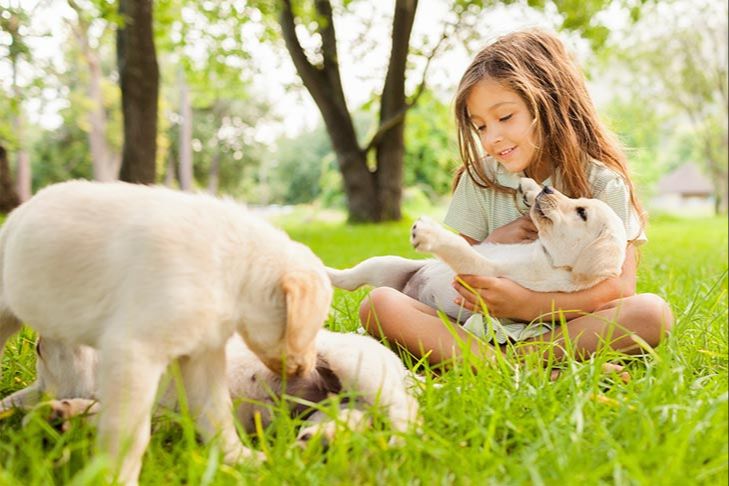
Socialization involves exposing puppies to a wide variety of people, places, animals, and stimuli during the critical socialization period, which is generally considered to be between 3 and 16 weeks of age. Puppies that miss out on these experiences may struggle to cope with novel situations as adult dogs, feeling threatened and responding with aggression or fear (Longwoodvetcenter.com).
During socialization, puppies should be gradually introduced to people of different ages, appearances, and behaviors. It’s ideal to expose them to men, women, children, elderly people, people in uniforms, people with disabilities, and people of different races (Washingtondogbitelawyer.com, 2023). This teaches puppies to feel comfortable around all types of humans later in life.
Puppies also need exposure to other animals like dogs of all sizes, cats, and livestock. Allowing puppies to play off-leash with other vaccinated puppies and tolerant adult dogs is hugely beneficial for learning dog-dog social skills. Introducing puppies to cats and other household pets also reduces the chances of them viewing those animals as prey and chasing or attacking them as adult dogs.
It’s also critical that puppies are socialized to an array of everyday sights, sounds, textures, and situations. This includes car rides, city sounds, walking on various surfaces, brushing, handling their paws and mouth, and wearing a collar. With positive, structured exposure to these stimuli during puppyhood, dogs are less likely to find them frightening or threatening as adults, which helps prevent fearful or aggressive reactions.
Training Techniques
Positive reinforcement should be the foundation of any training program for aggressive dogs. This involves rewarding calm, polite behavior and ignoring unwanted behavior. For example, if your dog remains calm around another dog, reward with praise and treats. But if he lunges or barks, ignore the behavior. This shows the dog aggression does not get attention. Regular reward of calm behavior shapes the dog’s impulse control over time.https://www.hillspet.com/dog-care/behavior-appearance/training-aggressive-dogs
Impulse control techniques like “sit” and “stay” are also helpful for aggressive dogs. Asking for these behaviors before rewarding with attention or access to something teaches self-control. Also consider tethering your dog in the house so you can easily correct unwanted behavior. This restricts access to triggers and enables more opportunities to reward calm responses. Finally, addressing root causes like fear, lack of exercise, or pain through desensitization training, daily walks, or vet visits can reduce aggression long-term.
Safety Tips
When encountering an aggressive dog, it’s important to avoid escalating the situation. Here are some tips:
- Remain calm and avoid sudden movements. Dogs can sense fear and anxiety, which may trigger more aggression.
- Don’t make direct eye contact, which can be seen as threatening. Look elsewhere or close your eyes.
- If the dog isn’t leashed, don’t run away as this may provoke chasing. Back away slowly and sideways.
- If you have a leash, make sure to keep your dog close to avoid any potential altercation.
- Carry a citronella spray, air horn, or umbrella as deterrent tools but use judiciously.
- If the dog is muzzled, create distance but remain vigilant as muzzles may fail.
- Don’t scream or yell as this can further aggravate the situation.
- Notify authorities if a dog is repeatedly aggressive in public areas.
Avoiding eye contact, remaining calm, keeping distance between dogs, and proper tools can help prevent and de-escalate encounters with aggressive dogs.
When to Get Help
If your dog’s aggressive behavior is severe or persists despite your best efforts, it’s important to seek professional help. There are several options for getting assistance with an aggressive dog.
Working with a professional dog trainer or veterinary behaviorist can help identify the root cause of your dog’s aggression. They can provide customized training techniques and behavior modification plans to help your dog overcome their issues. Some common approaches include desensitization, counterconditioning, and reward-based training. Make sure to find a trainer who uses positive reinforcement techniques.
For dogs with more severe aggression, your vet may prescribe anti-anxiety medication or other drugs that can help take the edge off while you work on behavior training. These medications don’t fix the behavior problems but may help your dog be more receptive to the training.
In extreme cases of aggression that pose dangers to people or other pets, euthanasia may need to be considered as a last resort if no other solutions have worked. However this decision should be made very carefully in consultation with professionals.
Getting the right kind of help tailored to your dog’s needs can go a long way in managing aggressive behavior problems and improving your dog’s quality of life. Don’t hesitate to reach out to an expert if you feel overwhelmed or unable to resolve your dog’s aggression on your own.
Managing an Aggressive Dog
If your dog shows aggression, you must take precautions to ensure everyone’s safety. Avoid exposing your dog to the situations, people, or other dogs that trigger the aggressive response. According to the ASPCA, “In many cases, the only solution is to manage the problem by limiting a dog’s exposure to the situations, people or things that trigger her aggression.”
One technique for managing aggression is desensitization. This involves exposing your dog to the trigger at a level low enough that it does not elicit an aggressive response. Reward calm behavior and slowly increase the intensity of the exposure. For example, if your dog is aggressive towards other dogs, start exposing them to another dog at a distance where they remain calm. Reward calm behavior and gradually decrease the distance over multiple training sessions. Consult with a professional trainer or behaviorist to design an appropriate desensitization plan for your dog.
While managing your dog’s environment is important, do not use isolation as a long-term solution. Dogs are social animals and need positive interactions. Work with a trainer to develop a comprehensive behavior modification plan that includes desensitization techniques to improve your dog’s quality of life.
Rehoming Aggressive Dogs
Rehoming an aggressive dog can be extremely challenging. When a dog has a history of aggression, especially biting, the liability and risk associated with rehoming them is very high. Shelters and rescues are often unable to take-in aggressive dogs due to concerns over public safety and insurance liabilities (Source). This means finding the right environment for an aggressive dog can be difficult.
The new owner must fully understand and be equipped to manage the dog’s issues. They need to be able to keep the dog and others safe through proper containment, supervision, training and management. Rehoming an aggressive dog should only be considered when the current owner is unable to provide a safe environment themselves (Source). A home without children, other pets or frequent visitors is ideal. The new owner must be committed to continuing training and behavior modification techniques.
Rehoming an aggressive dog irresponsibly puts people and other pets at risk of injury or death. However, for some dogs, rehoming may be a reasonable alternative to euthanasia if an ideal home can be found. Owners should work closely with trainers and veterinary behaviorists when considering rehoming an aggressive dog.

